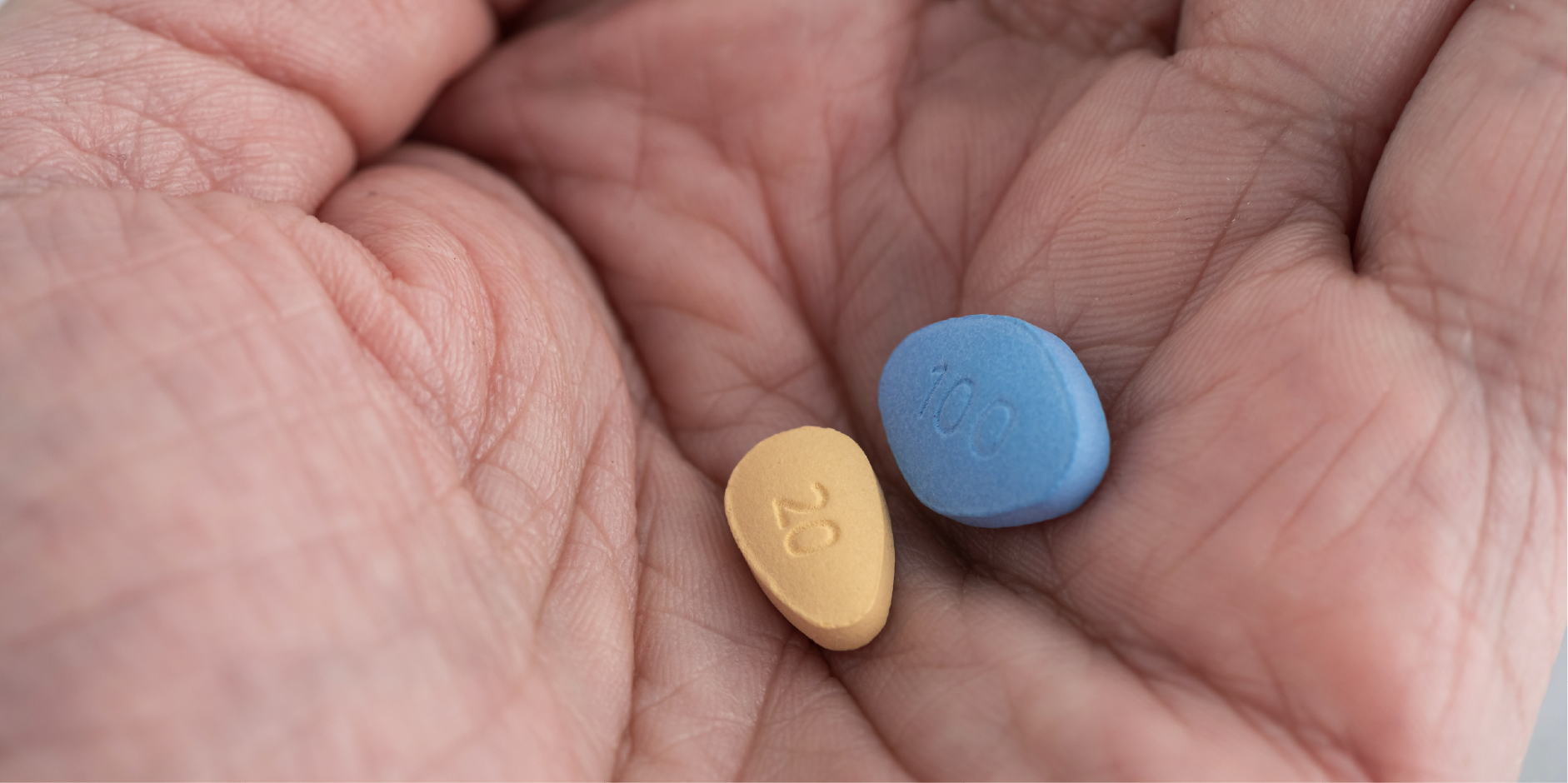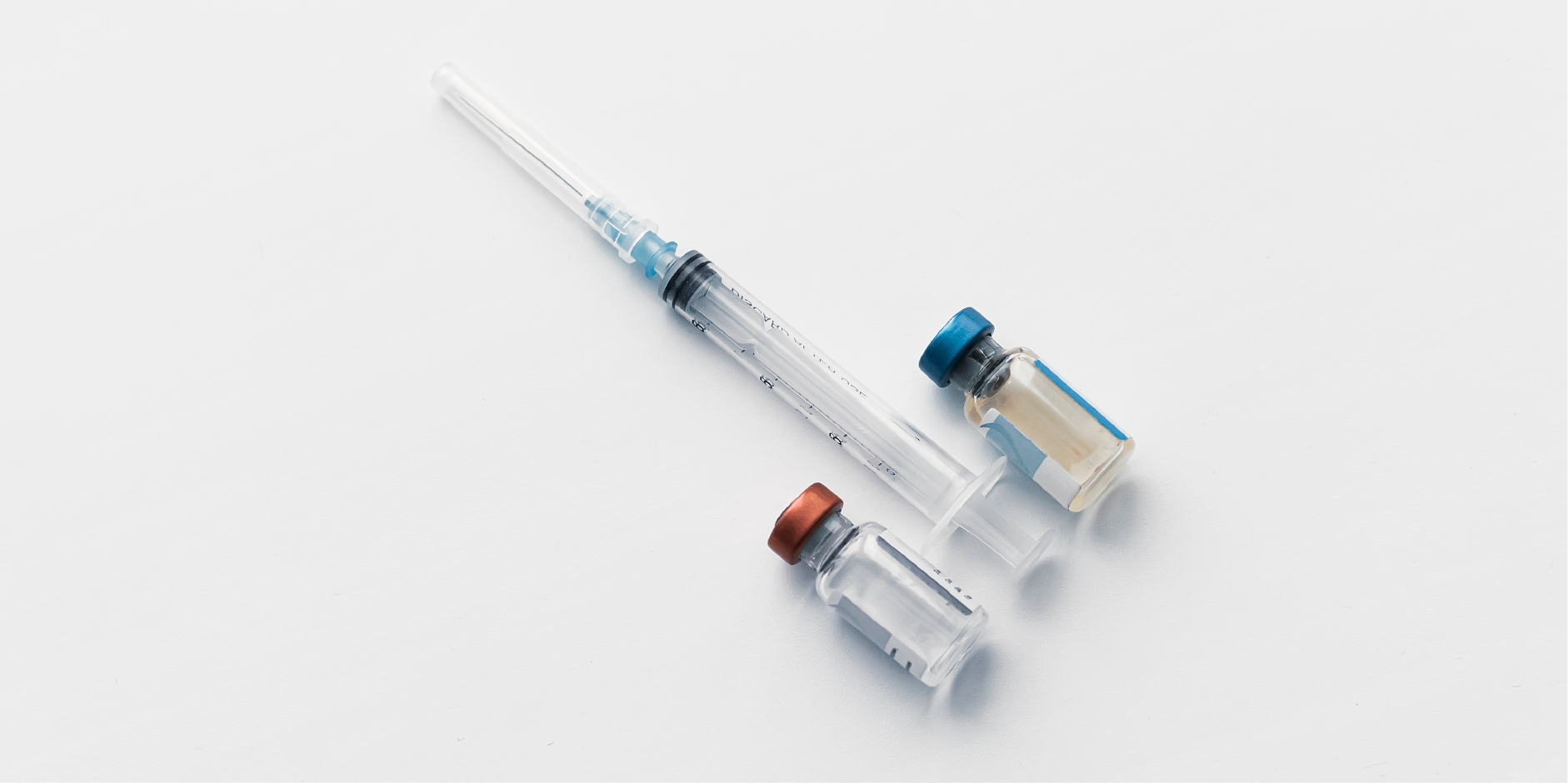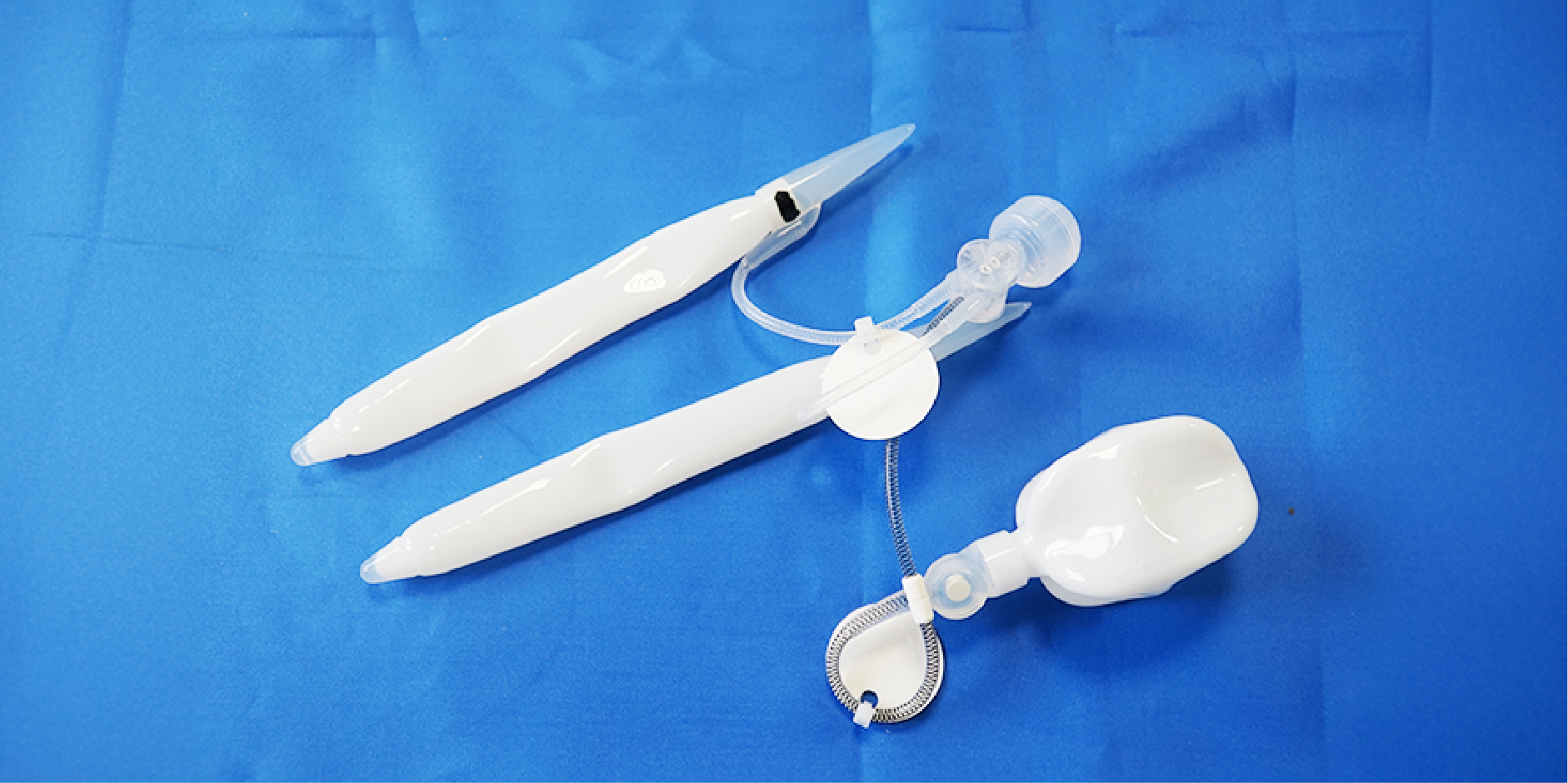Nội dung của trang này:
Nội dung của trang này:
Đánh giá
RISK STRATIFICATION BASED ON CARDIOVASCULAR RISK FACTORS
Treatment of erectile dysfunction in cardiovascular disease is
associated with a small increase in the risk of myocardial infarction (MI)
related to sexual activity independent of the method of treatment.
Cardiovascular Risk Levels
High-risk
High-risk individuals should not engage in sexual activity and receive
therapy for sexual dysfunction until cardiac condition becomes stable.
High-risk features include:
- High-risk arrhythmias
- Unstable or refractory angina
- Recent MI or cerebrovascular accident (CVA) within the past 2 weeks
- Left ventricular dysfunction (LVD) or congestive heart failure (CHF) (New York Heart Association [NYHA] class IV)
- Hypertrophic, obstructive and other cardiomyopathies
- Uncontrolled hypertension
- Systolic blood pressure (SBP) >180 mmHg
- Moderate-severe valvular disease
Intermediate-risk
Intermediate-risk patients should be referred for further evaluation of
cardiac status prior to resumption of sexual activity and receiving treatment
for sexual dysfunction.
Intermediate-risk features include:
- Three or more risk factors for CAD (excluding sex)
- Moderate, stable angina
- Recent MI or CVA within the past 2 to 6 weeks
- LVD or CHF (NYHA class III)
- Non-cardiac sequalae of atherosclerotic disease (eg stroke, peripheral vascular disease)
- Murmur of unknown cause
- Recurrent transient ischemic attacks
- Heart transplant
Low risk
Low-risk individuals do not require cardiac evaluation prior to
initiation or resumption of sexual activity or therapy for sexual dysfunction.
All first-line therapies may be considered in these cases.
Low-risk features include:
- Asymptomatic
- Less than or equal to 3 risk factors for CAD (excluding sex)
- Mild, stable angina that has been evaluated and/or being treated
- Uncomplicated previous MI
- LVD or CHF (NYHA class I or II)
- Post-successful coronary revascularization
- Controlled hypertension
- Mild valvular heart disease
Nguyên tắc điều trị
The goals of therapy are to identify and treat curable causes of erectile dysfunction, to initiate lifestyle and risk factor modifications, and to provide education and counseling to patients and their partners.
Part of pharmacologic therapy is to correct any existing medical risk factors. It is also important to regulate glucose control in poorly controlled DM, to optimize antihypertensive medications, to treat hyperlipidemia aggressively, and to reduce/stop alcohol intake.
Pharmacological therapy
 Erectile Dysfunction_Management 1
Erectile Dysfunction_Management 1Erectile Dysfunction Caused by Hypogonadism/Testosterone Deficiency
It must be noted that not all hypogonadal males have erectile dysfunction. The patient usually has slow but steady increase in erectile dysfunction and progressive loss of libido over a few months. Patients who have a temporary decrease in hypothalamic-pituitary-gonadal axis functioning (eg after surgery or acute medical events, anxiety or alcohol) are unlikely to respond to androgen replacement. Initiate androgen replacement if prostate is normal (normal PSA, no BPH). The patient is reassessed within 1 to 3 months, then every 6 to 12 months. If there is no improvement in sexual function after 3 months, hormone deficiency may not be the only cause for sexual dysfunction. The patient may wish to try other treatment options.
Non-specific Therapy for Erectile Dysfunction
Phosphodiesterase-5 (PDE5) Inhibitors
Example drugs: Avanafil, Sildenafil, Tadalafil, Udenafil, Vardenafil
If there is no contraindication, oral PDE5 inhibitor should be offered as a first-line therapy. They are highly effective, noninvasive but require sexual stimulation to facilitate erection. They have proven efficacy and safety in both non-selected populations of men with erectile dysfunction and in specific subgroups of patients (eg men with DM and those who have had a prostatectomy). They work peripherally by inhibiting PDE5, which is found in the penile tissue. They increase smooth muscle relaxation in the corpora cavernosa and enhance penile rigidity in response to sexual stimulation. It is currently recommended that patients receive eight doses of at least 2 PDE5 inhibitors, taken sequentially, with sexual stimulation at a maximum dose before classifying a patient as a non-responder. Testosterone replacement may be used with PDE5 inhibitors in men with erectile dysfunction and testosterone deficiency. One can consider switching to other PDE5 inhibitors if one fails. Lastly, patients need to be counseled on the side effects and drug interactions.
Alprostadil (topical)
Phase II clinical trials showed topical Alprostadil to be effective in patients with mild to severe erectile dysfunction symptoms. Topical administration eliminates the need of intraurethral or intracavernosal injection of Alprostadil. It seems to be safe in patients who are otherwise healthy, those undergoing treatment for cardiovascular disease and DM patients.
Intracavernosal Injection Therapy
Drugs administered via this route are Alprostadil, Papaverine, and Phentolamine. Single-agent Alprostadil has been shown to be highly effective and generally well-tolerated with up to 94% of patients being able to achieve an erection sufficient for intercourse. The combination of Papaverine, Phentolamine and Alprostadil may be more efficacious than Alprostadil monotherapy. It is Indicated in patients not responding to oral drugs. It has a rapid onset of action and is highly effective. It has a direct action on the corporal smooth muscle. It is the most effective nonsurgical treatment for erectile dysfunction but has highest risk for priapism. Invasive therapy and therefore proper training of patient in intracavernosal injections are necessary. The initial trial dose must be given under the supervision of a physician. It should be used only once within a 24-hour period. The patient is informed of the potential event of prolonged erection. The physician must be prepared for urgent treatment of possible prolonged erections and inform the patient of this treatment plan beforehand. Prolonged erection is considered a medical emergency if the erection lasts longer than 4 hours.
 Erectile Dysfunction_Management 2
Erectile Dysfunction_Management 2Intraurethral Therapy
The drug administered via the intraurethral route is Alprostadil. It is a less invasive alternative to intracavernosal injection therapy. In this method, there is transfer of drug from urethra directly to the corpora cavernosa. It is considered in patients who have unsatisfactory results with oral PDE5 inhibitors or are not candidates for the said drug. The initial trial dose must be given under the supervision of a physician because of the risk of syncope. The combination of Alprostadil suppositories with either a penile constriction device or oral PDE5 inhibitor has been shown by some studies to be more efficacious over Alprostadil alone. Lastly, intraurethral Alprostadil has been shown to be effective in 60-70% of patients.
Nonpharmacological
 Erectile Dysfunction_Management 3
Erectile Dysfunction_Management 3Patient and Partner Education
Some men may only need reassurance that decline in sexual function is due to aging, medication or chronic illnesses, and is not necessarily a sign of serious illness; they may refuse treatment. Education and reassurance may help in preventing further erectile failure due to the above causes. Important treatment options and their associated risks and benefits are discussed with the patient and partner (if possible). Cultural, religious, and economic factors should be taken into consideration. Lastly, the choice of treatment should be decided together by physician, patient, and partner.
Lifestyle Modification
Modifying possible risk factors may be helpful. Additionally, resolving partner relationship issues, smoking cessation, reducing alcohol/drug abuse, and regular exercise and weight management are also important.
Treat Psychosocial Factors
Confronting depression or substance abuse, and sexual education/correction of misinformation may also be done.
Discontinue Offending Medications
It must be noted that many common medications may affect male sexual function (eg antidepressants, antipsychotics, anti-arrhythmics, many antihypertensives, anti-androgens, and steroids).
Sexual Counseling and Education
Sexual counseling and education encompass sex therapy, psychosocial therapy, and marital therapy. This may be appropriate for the patient and/or partner. This may be used to address and correct relationship issues, stress factors (eg work, finances, family, etc). Decreased sexual drive may be due to psychologic issues, the individual may benefit from sexual therapy. It is used as an adjunct to other erectile dysfunction therapy to address patient’s psychological reaction to their need for erectile dysfunction treatment. Sexual counseling and education may be preferred by patients/partners because it is noninvasive and has broad applicability.
Vacuum Constriction Device
In vacuum constriction devices, negative pressure is applied to the pendulous penis causing blood to be drawn into the penis. Blood is retained in the penis by an elastic band placed at the base. It is highly effective in inducing erections regardless of erectile dysfunction etiology. It must be noted that only devices with a vacuum limiter should be used. These devices are preferred by patients who do not want to use pharmacological therapy or in whom medication is contraindicated. These are contraindicated in patients with bleeding disorders or on anticoagulant therapy. These devices are low-cost and effective with up to 90% of patients achieving functional erection with adequate instruction and practice. These may be used on an “on demand” basis. However, these devices may be seen as cumbersome. Side effects of vacuum constriction devices include penile pain, numbness, petechiae, bruising, and slowed ejaculation. Serious adverse events are very rare and skin necrosis has been reported.
Low-Intensity Shockwave Therapy
With low-intensity shockwave therapy, randomized control trials showed mild improvement in IIEF scores, with effects reducing over time. This shows benefit in patients who did not respond to phosphodiesterase-5 inhibitors. Combination therapy with vacuum constriction devices or daily Tadalafil has shown enhanced benefit. Low-intensity shockwave therapy may be used in patients with mild vasculogenic erectile dysfunction.
Phẫu thuật
Penile Vascular Surgery
Arterial reconstructive surgery should be considered only in healthy men with recently acquired erectile dysfunction due to a focal arterial occlusion in the absence of a generalized vascular disease.
Penile Drug Delivery (Implanted) Devices
Penile drug delivery devices may be tried before standard implants are used if erection is possible with pharmacological injection.
Penile Implants
Penile implants are considered the final treatment for erectile dysfunction patients and should be reserved for patients who have failed other treatments. It is irreversible and highly invasive. However, they are associated with high rate of patient satisfaction when performed by an experienced surgeon. They may have surgical complications and mechanical failure. Available classes of penile implants are inflatable (2- and 3- piece) and malleable devices. Surgical approaches include penoscrotal and infrapubic.
 Erectile Dysfunction_Management 4
Erectile Dysfunction_Management 4